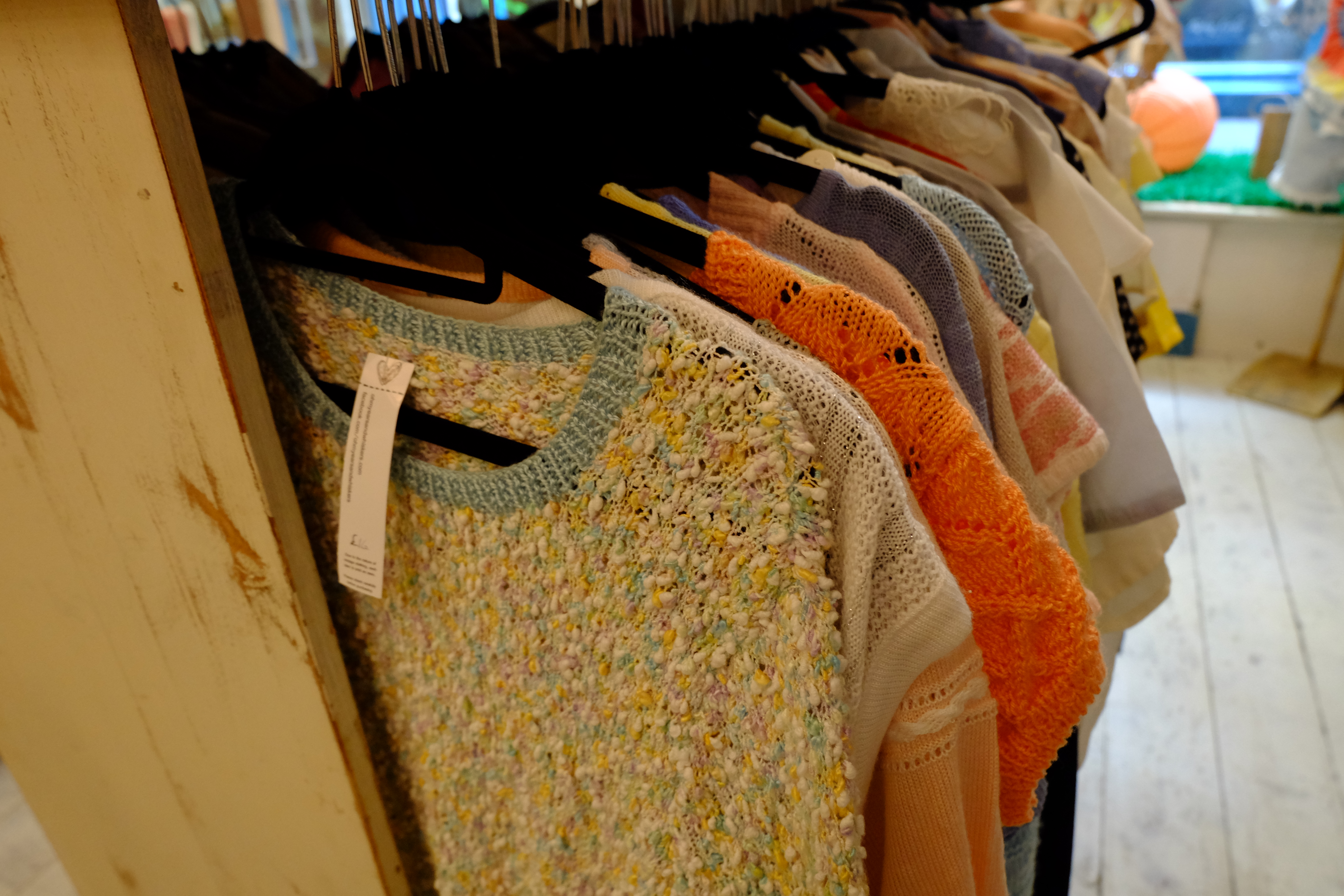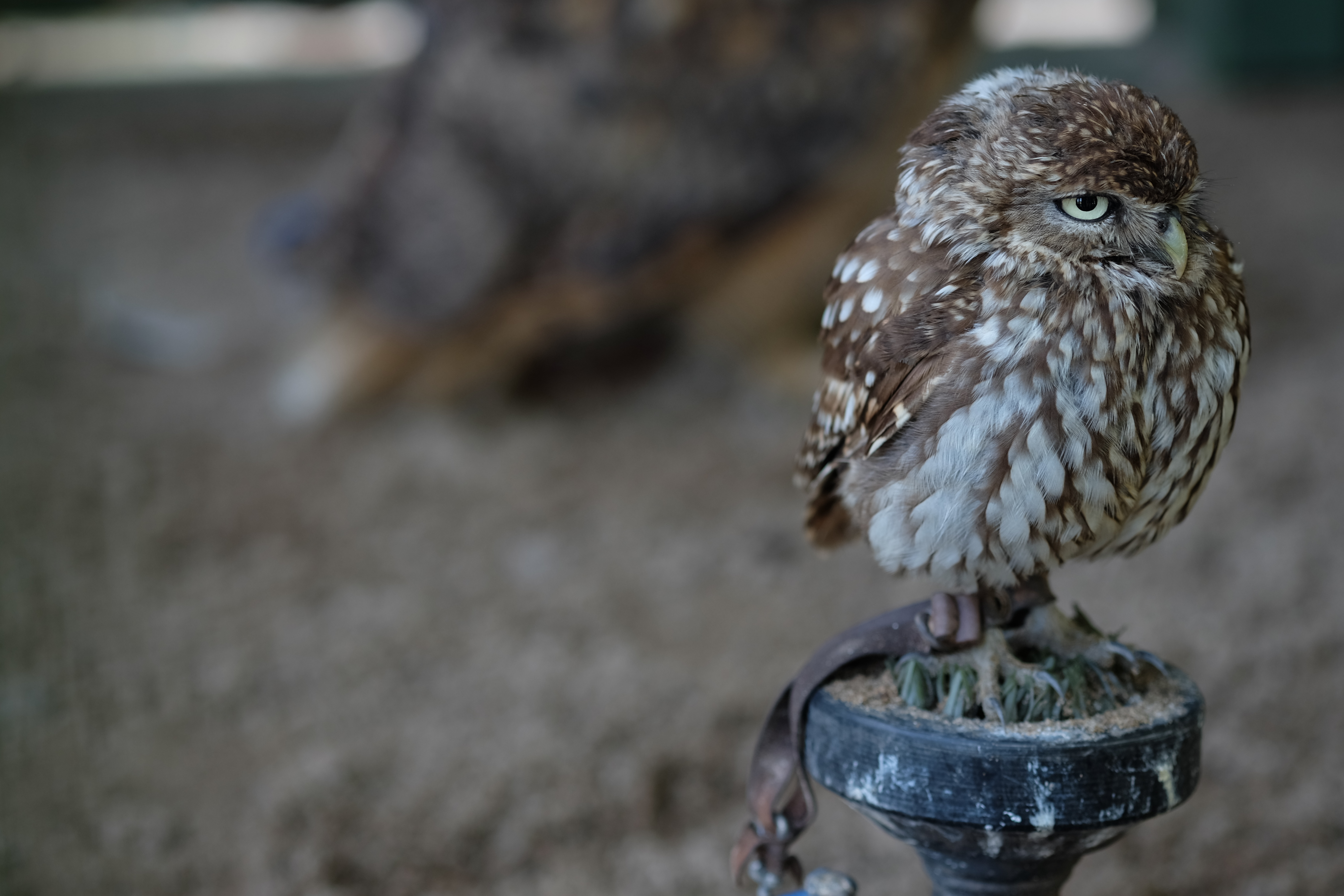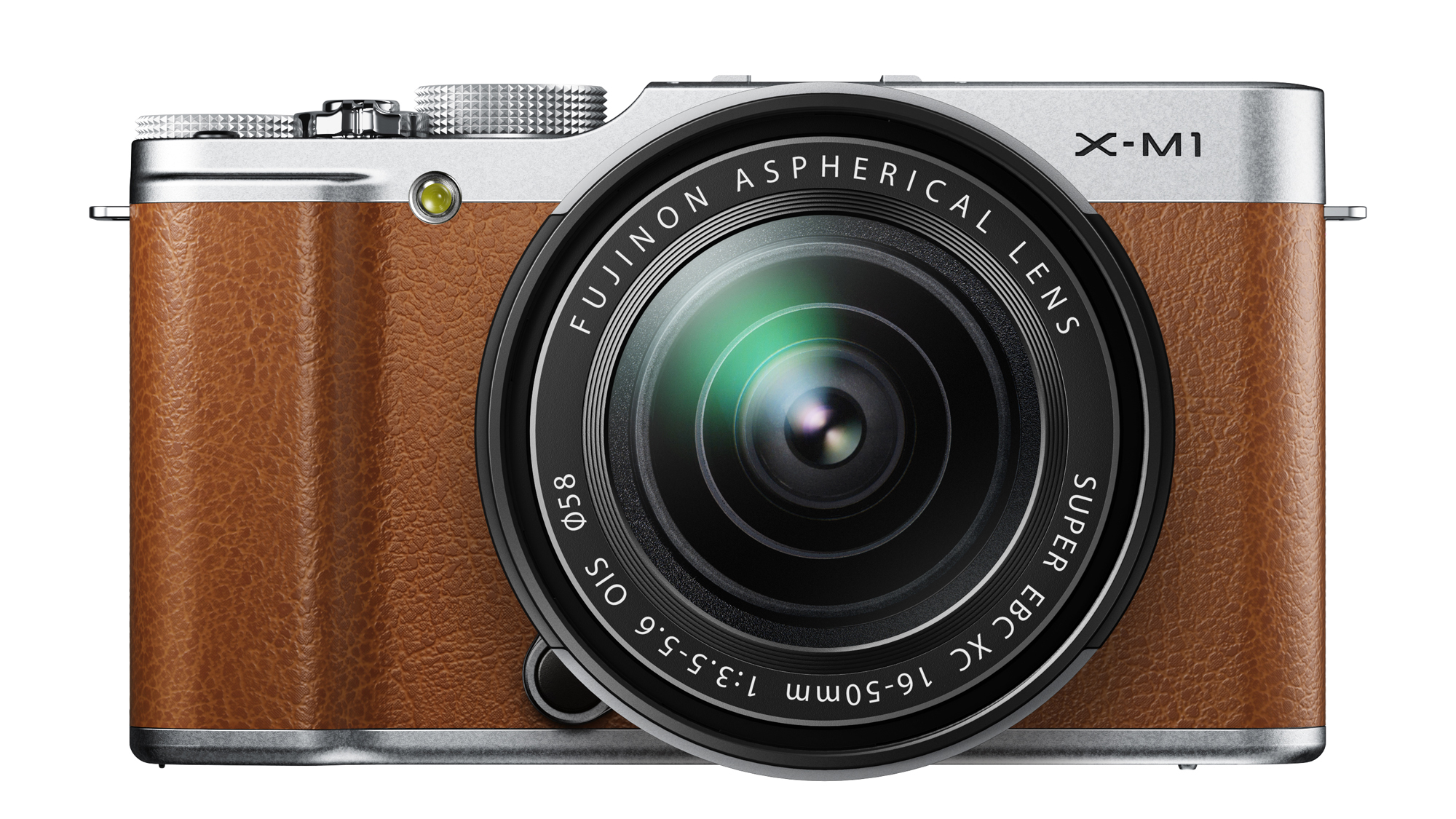Why you can trust TechRadar

Click here to see the full resolution image
Colours straight from the Fuji X-M1 are bright and punchy without being overly saturated. To increase the vibrancy, you can choose to shoot in the classic Velvia simulation mode.

Click here to see the full resolution image
The new 16-50mm kit lens is a flexible option for your first lens, and offers an equivalent of 24-76mm in 35mm terms. Fuji claims that this lens is a better performer than standard kit lenses, and we've certainly found it very capable during our test.

Click here to see the full resolution image
Even when shooting at high sensitivities (this image is ISO 1600), the Fuji X-M1 is capable of resolving a large amount of detail. Examining this image at 100% does reveal some image smoothing in the fine knits, but considering it was shot at ISO 1600, the sensor has coped well.

Click here to see the full resolution image
Sign up for breaking news, reviews, opinion, top tech deals, and more.
General purpose metering does a good job of helping to produce balanced exposures even when the contrast in a scene is a high. To get even better results, switch to spot metering.

Click here to see the full resolution image
There's plenty of detail in this shot, while image stabilisation has done a good job of keeping the image blur-free, despite it being a hand-held shot.

Click here to see the full resolution image
The number of lenses available for the Fuji X system is fairly limited, though it is growing. This image was shot with the 60mm f/2.8 optic.

Click here to see the full resolution image
When shooting under artificial lighting, the Fuji X-M1 has a tendency to err towards warmer tones, so it might be preferable to switch to a more specific white balance setting if the camera is struggling.

Click here to see the full resolution image
The new 27mm f/2.8 pancake lens is a good carry around option, because it gives an equivalent focal length of around 41mm. With its capability to shoot as wide as f/2.8, it's also useful when light levels drop.

Click here to see the full resolution image
The 60mm f/2.8 lens makes an ideal lens for shooting portraits, because it helps to capture the maximum amount of detail and is roughly equivalent to 90mm.

Click here to see the full resolution image
You can also choose to shoot in black and white by using film simulation modes. These enable you to shoot in raw format, so if you change your mind about the simulation down the line, you can work with a 'clean' version.
Digital filters
A number of digital filters are available on the Fuji X-M1, which can be accessed via the Advanced section of the mode dial. Images shot with these filters can only be shot in JPEG format.

Click here to see the full resolution image

Click here to see the full resolution image

Click here to see the full resolution image

Click here to see the full resolution image

Click here to see the full resolution image

Click here to see the full resolution image

Click here to see the full resolution image
Current page: Sample images
Prev Page Noise and dynamic range Next Page Sensitivity and noise images
Amy has been writing about cameras, photography and associated tech since 2009. Amy was once part of the photography testing team for Future Publishing working across TechRadar, Digital Camera, PhotoPlus, N Photo and Photography Week. For her photography, she has won awards and has been exhibited. She often partakes in unusual projects - including one intense year where she used a different camera every single day. Amy is currently the Features Editor at Amateur Photographer magazine, and in her increasingly little spare time works across a number of high-profile publications including Wired, Stuff, Digital Camera World, Expert Reviews, and just a little off-tangent, PetsRadar.
